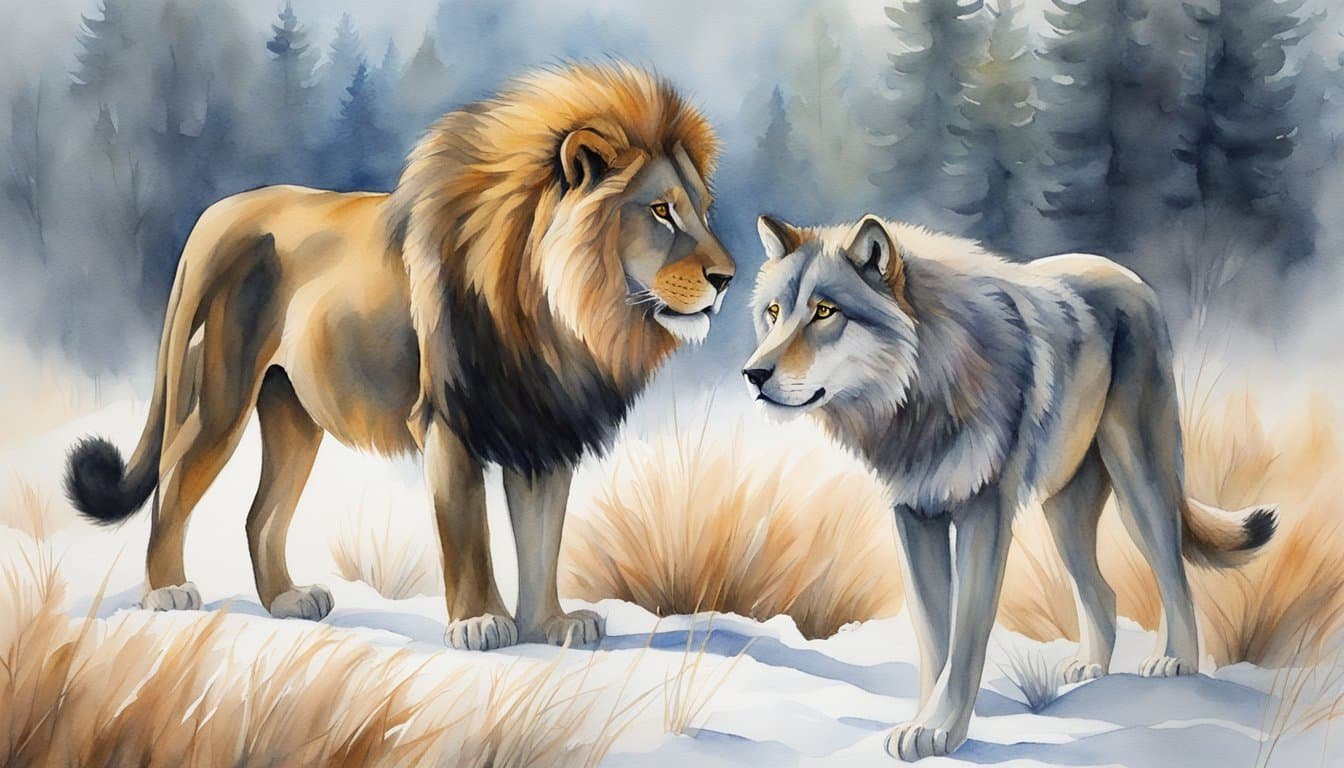Fundamentals of Hair and Fur
Diving into the world of hair and fur, one finds a complex interplay of biology and function. Let’s unravel the science behind these fibrous features.
Definition and Composition
Hair and fur are essentially the same in composition, consisting primarily of a protein called keratin. This tough substance is produced by keratinocytes and forms the building blocks of hair in humans and fur in animals. Whether it’s the hair on your head or the fur on a cat, each strand emerges from a little factory known as the hair follicle.
Hair and Fur Growth Cycles
The growth of both hair and fur follows a three-phase cycle: anagen, catagen, and telogen. In the anagen phase, hair or fur is actively growing from the follicles. This period can last several years for human hair, resulting in longer lengths, and typically shorter for animals. The catagen phase is a transitional time where growth slows and the hair shaft detaches from the blood supply. The final telogen phase is a resting period before the hair or fur eventually falls out and the growth cycle restarts.
Structural Differences
While hair and fur share the same composition, structural differences distinguish the two. Hair typically has a longer growth pattern, allowing it to grow more extended over time. It also varies widely in texture, color, and density across different individuals and body parts. Fur, on the other hand, has a denser collection of shorter hair intended to protect and insulate animals. The fur’s growth cycle is usually synchronized to shed at specific times of the year, while human hair growth is less uniform.
Adaptation and Function

Hair and fur serve as critical adaptations for mammals, playing essential roles in temperature regulation, survival mechanisms, and sensory capabilities across various environments.
Temperature Regulation
In the realm of temperature regulation, fur acts as a superb insulator for animals. Dogs and cats boast a coat that adjusts with the season, thicker during the cold months for warmth and thinner when it’s warmer. Bears, for example, grow a dense layer of fur to combat the frigid conditions in their habitats. In contrast, sea mammals like whales, which lack a layer of fur, utilize a thick layer of blubber for insulation against the colder temperatures of ocean waters.
Survival Adaptations
Survival adaptations are evident in the variety of ways mammalian hair and fur contribute to an animal’s ability to thrive. Camouflage is a key survival tactic made possible by fur patterns that allow animals to blend into their environment, like the spots on a leopard or the white coat of an arctic fox. In addition to camouflage, the texture and oiliness of fur can aid in protecting animals from the elements, as seen in mammals that live in aquatic or partially aquatic conditions.
Sensory Functions
Hair plays a pivotal role in sensory perception for many animals. Whiskers or vibrissae serve as sensory receptors, enabling creatures like cats to detect minute changes in their environment. These tactile hairs can be found on the faces of many animals, including dogs and seals, aiding in spatial awareness and the detection of prey or predators. Guard hairs on animals may also enhance their sensory input, reacting to touch and changes in their surroundings.
Hair and Fur Across Species

Distinguishing between hair and fur can reveal fascinating insights into the evolution and adaptations of mammals. From the dense undercoat of a bear to the sleek, streamlined fur of whales, every coat tells a story of survival and heritage.
Diversity in Mammals
Mammals boast a remarkable diversity in coat type and function. For instance, whales have evolved to have minimal hair as an adaptation to their aquatic lifestyles, aiding in streamline movement. On the other hand, bears possess a thick coat with a combination of guard hair for protection and an undercoat for insulation against harsh climates. These variations not only serve distinct purposes but also reflect the extensive lineage and evolution of different mammal species.
Comparative Analysis of Domestic Animals
When comparing domestic animals, particularly dogs and cats, one notes the complexity of their coats. Dogs may have a double layer, with a soft undercoat that insulates and guard hairs that provide waterproofing and protection. Cats typically have a more uniform coat, though still layered, designed to offer a blend of agility and protection. Both of these domestic species have whiskers, highly sensitive types of hair that serve as sensory tools. In terms of density and thickness, individual breeds within these species can have significant differences, reflective of their evolution and breeding history. For example, some dogs are bred for dense wool-like curls, while others have short, sleek fur.
Remember, whether it’s the cozy wool of sheep or the tactile whisker of a house cat, each type of hair or fur is a small evolutionary marvel, playing a key role in the survival of the species.
Human Interaction and Cultural Aspects

The relationship between humans and their hair spans across various aspects of life, from daily grooming rituals to its role in fashion and personal expression. Hair, a defining human fiber, tells a colorful story of identity and societal norms.
Grooming and Care
Grooming serves as a daily routine for many, where the care for human hair echoes one’s personal hygiene and cultural influences. Whether it involves washing, cutting, styling, or dyeing, hair grooming is a universal aspect of human life, varying greatly across cultures and time periods. Straight or curly hair, short or long, each hair texture and length demands a unique approach to care. Hair products and tools designed for grooming continually evolve, reflecting technological advancements and societal trends.
Hair in Fashion and Utility
Fashion often relies on hair as a powerful medium for self-expression and aesthetic appeal. Wigs and hairpieces, once necessities for covering hair loss or a status symbol in historical times, are now fashion accessories. They showcase how hair can transform one’s appearance and play with different styles without commitment. Beyond aesthetics, human hair has practical uses; its insulating properties have made it valuable in colder climates. The fossil record even shows evidence of hair used for protection and warmth. In modern times, the utility of hair extends to artistic mediums, with hair fiber being a component in textiles and artistic crafts.

